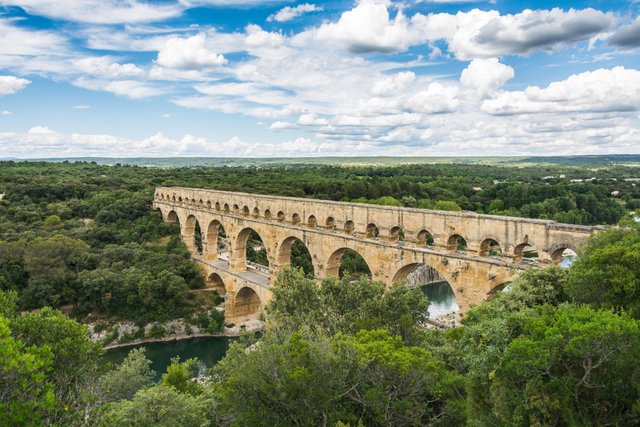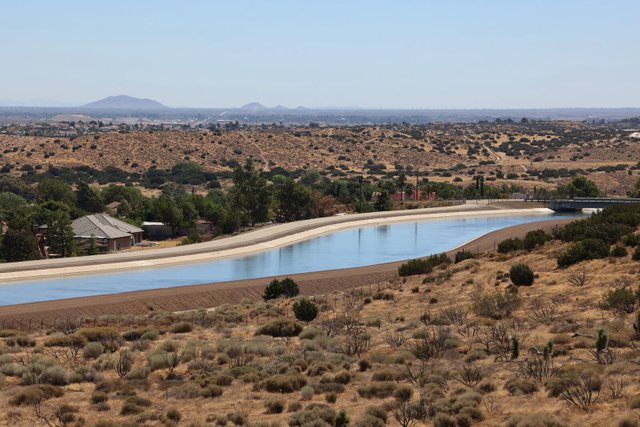The Legacy and Future of Aqueducts: Ensuring Sustainable Water Delivery
Aqueducts are one of the oldest and most essential infrastructures that humanity has created to ensure access to water, a vital resource for life. These structures have played a crucial role in the development of civilizations throughout history and continue to be fundamental today.

History and Evolution
The concept of the aqueduct dates back to ancient civilizations. The Romans are perhaps the most well-known for their skill in building these systems, creating aqueducts that not only transported water but also symbolized the power and advanced engineering of the time. Some of their most famous structures include the Aqueduct of Segovia in Spain and the Pont du Gard in France. These aqueducts were typically made of stone or brick and took advantage of the natural slope of the terrain to allow water to flow by gravity.
How Aqueducts Work
The primary function of an aqueduct is the transportation of water from a source to a specific destination, such as a city, farm, or industrial plant. Ancient aqueducts were mostly channel structures and bridges that allowed water to flow using only gravity, taking advantage of height differences between the source and the destination. In more modern times, underground pipes and more sophisticated pressure systems are used to ensure water flow.
Aqueducts Today
Nowadays, aqueducts are still essential for many cities worldwide, especially in areas where water resources are scarce or difficult to access. For example, in California, the water aqueducts have been vital in carrying water from river systems to the agricultural areas of the state.
Additionally, in many countries, aqueducts are part of a larger water infrastructure system that includes dams, reservoirs, and water treatment plants. These modern systems combine with technologies such as electric pumps and underground pipes to meet the needs of large urban populations.
Benefits and Challenges
Aqueducts have enabled communities and countries to have consistent and efficient access to water, a basic need for human consumption and agriculture. However, the construction and maintenance of these systems can be expensive and complex. Natural disasters, such as earthquakes, floods, or droughts, can damage aqueducts and affect water supply.
Moreover, in many places, old aqueducts are being replaced with more advanced and sustainable systems that use innovative technologies, such as water treatment and water recycling. This aims to reduce dependency on natural resources and ensure long-term supply.

Aqueducts and the Future
The future of aqueducts is tied to technological innovation and sustainable water resource management. With climate change and the rising global population, efficient water management becomes even more crucial. Future aqueducts could incorporate smart technologies, such as monitoring sensors and automated management systems, to use water more efficiently and ensure equitable distribution.